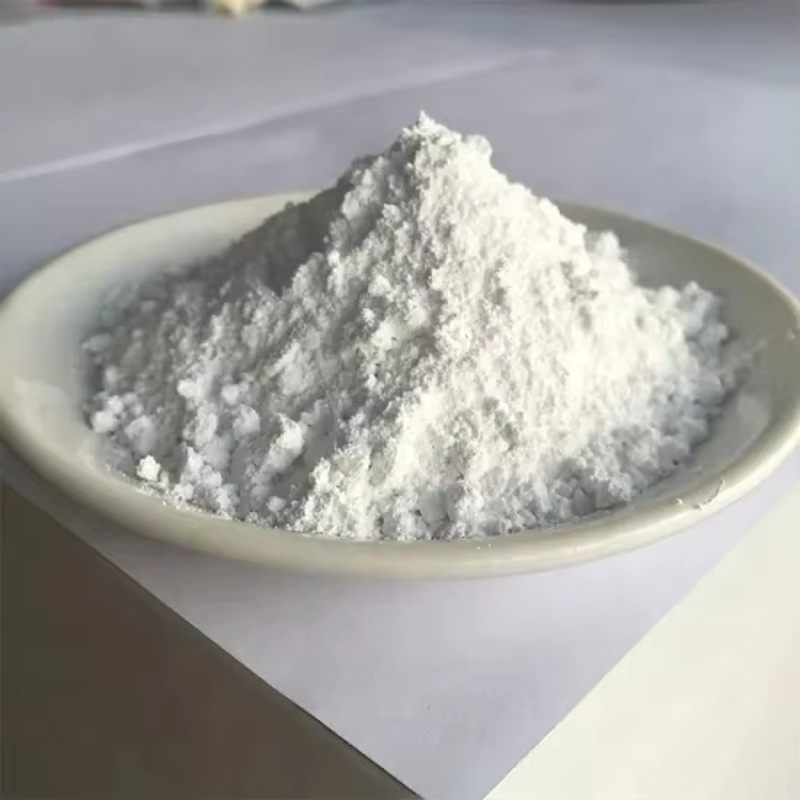-
Categories
-
Pharmaceutical Intermediates
-
Active Pharmaceutical Ingredients
-
Food Additives
- Industrial Coatings
- Agrochemicals
- Dyes and Pigments
- Surfactant
- Flavors and Fragrances
- Chemical Reagents
- Catalyst and Auxiliary
- Natural Products
- Inorganic Chemistry
-
Organic Chemistry
-
Biochemical Engineering
- Analytical Chemistry
-
Cosmetic Ingredient
- Water Treatment Chemical
-
Pharmaceutical Intermediates
Promotion
ECHEMI Mall
Wholesale
Weekly Price
Exhibition
News
-
Trade Service
Zirconium tetrahydroxide (Zr(OH)4) is an important chemical compound that is used in a variety of industrial applications.
Its unique properties make it a versatile material that can be used in a variety of processes, including the production of ceramics, glass, and electronic components.
One of the key uses of zirconium tetrahydroxide is in the production of ceramic glazes.
These glazes are applied to ceramic products such as pottery, tiles, and sanitaryware, to give them a glossy, impermeable surface.
Zirconium tetrahydroxide is added to the glaze recipe to increase its chemical stability and to improve its resistance to wear and tear.
Another important use of zirconium tetrahydroxide is in the production of glass.
When added to the glass recipe, it can improve the chemical durability and thermal resistance of the finished product.
It is also used in the production of specialized glass products such as optical fiber and glass ceramics.
Zirconium tetrahydroxide is also used in the electronic industry, where it is used to produce capacitors and other electronic components.
Its use in these applications is due to its unique properties, including its high dielectric constant and its ability to withstand high temperatures.
In addition to its use in the production of ceramics, glass, and electronic components, zirconium tetrahydroxide is also used in a variety of other industrial applications.
For example, it is used as a catalyst in the production of chemicals and as a flocculant in water treatment processes.
The production of zirconium tetrahydroxide involves a number of steps, including the preparation of the starting material, the hydrolysis of the zirconium compound, and the calcination of the resulting hydrate.
First, the starting material is prepared by reacting zirconium oxide with hydrochloric acid.
This reaction forms a solution of zirconium chloride, which is then purified by precipitation with sodium hydroxide.
Next, the zirconium chloride solution is hydrolyzed by adding water, under carefully controlled conditions.
This reaction results in the formation of a hydrate, which is then dried and calcined to produce the final product.
The production of zirconium tetrahydroxide is a complex process that requires careful control of the reaction conditions.
The quality of the final product is highly dependent on the purity of the starting material and the accuracy of the reaction conditions.
As a result, the production of zirconium tetrahydroxide requires the use of specialized equipment and the employment of highly skilled operators.
Despite its many uses, zirconium tetrahydroxide is not without its hazards.
The handling of the raw materials and the final product requires the use of appropriate safety equipment, and exposure to the powder or dust should be avoided.
In addition, the use of zirconium tetrahydroxide in industrial applications can result in the release of hazardous byproducts, such as hydrochloric acid and oxides of zirconium.
In conclusion, zirconium tetrahydroxide is an important chemical compound that has a wide range of industrial applications.
Its unique properties make it a versatile material that is used in the production of ceramics, glass, electronic components, and a variety of other industrial products.
The production of zirconium tetrahydroxide requires careful control of the reaction conditions and the use of specialized equipment, and proper safety precautions must be followed to avoid exposure to hazardous materials.







